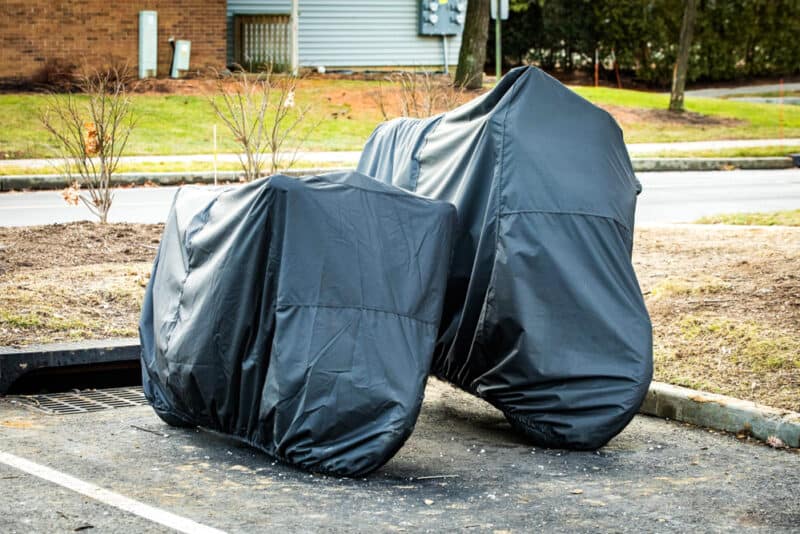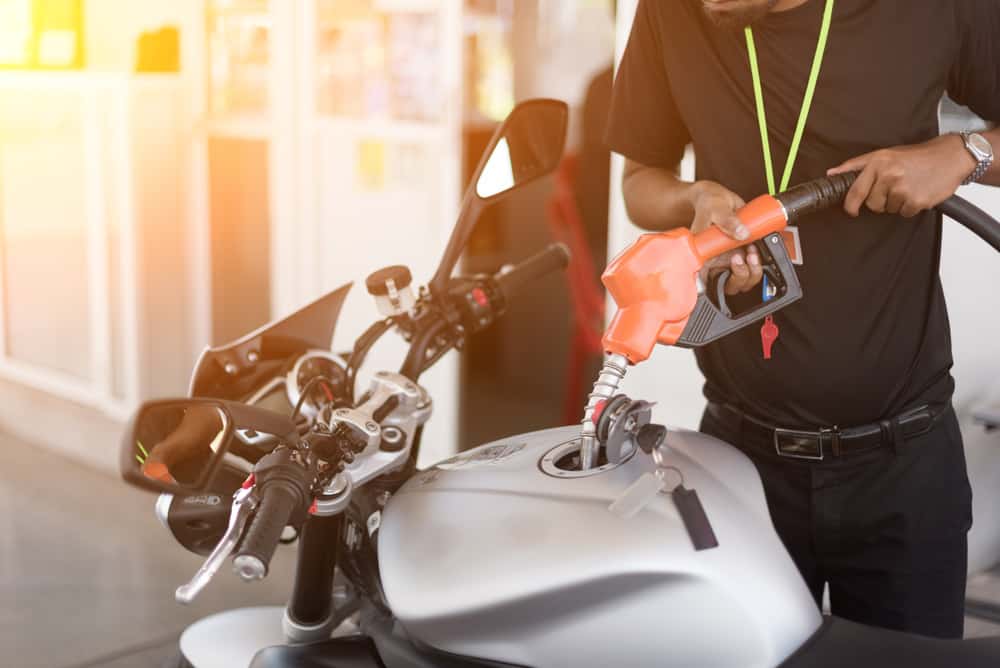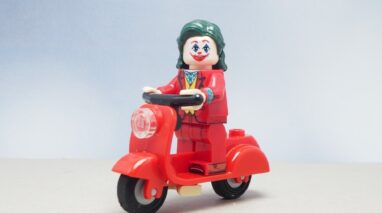Blog
7 Tips for Storing Your Motorcycle as a Pacific Northwest Winter Approaches

Hope you enjoy that last motorcycle ride of the season! Temperatures are dropping quickly in the PNW. Soon, roads will be slicked with snow, ice, or cold winter drizzle. That’s hardly prime motorcycle-riding season, and it’s approaching us fast.
Now is the time to store your bike for the season and dream of rides to come. Take these steps to put your bike to bed and ensure it’s in good shape for that first thrilling ride of the new year.
1. Earmark a Dry, Secure Storage Location to Store Your Bike in the PNW
If you have a garage large enough for off-season storage, that’s ideal. Or maybe you have an apartment building with garage space for tenants. That’s a good deal even if you have to pay extra to park your ride for the off-season. If neither of those is an option, consider renting space in a commercial storage facility, at least for the harshest months.
What you will want to avoid is leaving the bike out to face the Pacific Northwest elements all season long. Whatever you choose to do, use a cover, a tarp, or other material to further safeguard it.
2. Give Your Bike a Good Final Wipe Down Before Storage
Winter storage is as good an excuse as any to make your machine gleam. Use cleaner on the seat and WD-40 on most metal parts. Follow that with a coat of wax. You can either buff your wax coat now or leave it on for extra protection till spring and then buff it.
You might forget all the care you took in October or November when you uncover your bike next spring, but you’ll be pleasantly surprised with a ride that looks nearly new. Regular motorcycle maintenance keeps your investment in place.
3. Gas Up Your Motorcycle Before Putting it Away
It sounds a little counterintuitive to fill up your gas tank just before retiring it for several months, but there’s good reasoning behind the advice. An empty or partially filled gas tank allows too much room for condensation to develop, and that can turn to corrosion in your tank.
When rust builds up, it can clog fuel filters and injectors. The solution is simple: allow little or no room in the tank for condensation and eventual rust. Make one of your year-end tasks to fill that void with gasoline.
Add a fuel stabilizer before fully filling your tank. That will keep your gasoline from breaking down and turning thick from all the downtime. Then take it out for a short ride to work the additive through your gas tank for fewer worries when you break your bike out for spring.

4. Prevent Flat Tire Spots on Your Stored Motorcycle in the PNW
It does your tires no good to spend four or five months or longer sitting in one parked position. Come spring, you might have to put a new and pricey set of rubber on your shopping list before that first ride.
If you can, use a motorcycle stand to take the weight off the tires. If that’s not practical, try moving it to rotate the tire position on the hard surface frequently over the bike’s winter rest.
5. Protect Your Motorcycle against Rodents While in Storage
Mice and other small creatures like to stay warm over the winter, just like us. If you let ‘em have the run of the bike and its engine, you won’t be pleased with the result.
Defend against rodents by setting traps, calling exterminators, or otherwise protecting the premises. At the same time, plug your exhaust pipes, air boxes, and other access points. If you can use your tarp or cover to totally encase the bike, that will help in defeating the nesting instincts of rodents too.
6. Trickle-Charge Your Battery
Batteries slowly drain over time when not used regularly, especially in the colder temps you find in the Pacific Northwest. As a result, you might discover a dead battery after nearly half a year in storage. One easy solution is to invest in a 12-volt trickle battery charger. Use it every few weeks — at least once a month — during your off-season to recharge your battery and reduce the risk of damage.
7. Review Your Motorcycle Insurance Policy
Reviewing your insurance policy and comparing providers is something that should be done on a fairly regular basis. Does your policy still match your coverage needs and expectations? Do you feel secure with your deductibles and benefits?
Your deductible is the amount of money you agree to be responsible for in the event of covered damages. If you have a $500 deductible and $3,000 in damages, you’ll pay that first $500 and your motorcycle insurance company will pay the remaining $2,500.
You’ll pay less in premiums if you assume a higher deductible, but you’ll also have to pay more out of pocket if you have a claim. On the other hand, if you pay more in premiums, you’ll have a lower deductible, and so you’ll pay less for covered damages. Which is best for you? There’s no right or wrong answer. It depends on your budget and appetite for risk.
Your independent motorcycle insurance agent can help you find that sweet spot in deductibles and monthly premiums. Also, ask for your agent’s expert help finding cheap motorcycle insurance if you think you’re paying too much or feel you’re getting too little for your investment.
That’s because an independent agent has contractual access to multiple insurance lines from major carriers. As a result, you have many more competitive options than you’ll receive from an agent who works for just one provider.
Find Affordable Motorcycle Insurance in the PNW Today
At Vern Fonk Insurance, our independent agents can answer all your questions and help you find a cheap motorcycle insurance policy that fits your budget and all your needs. Just call us at (800) 455-8276 or get a quick quote online. You can also find a Pacific Northwest office near you.


